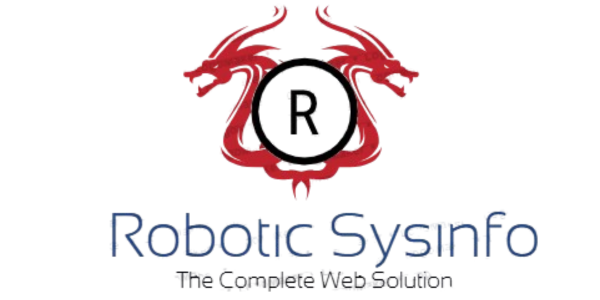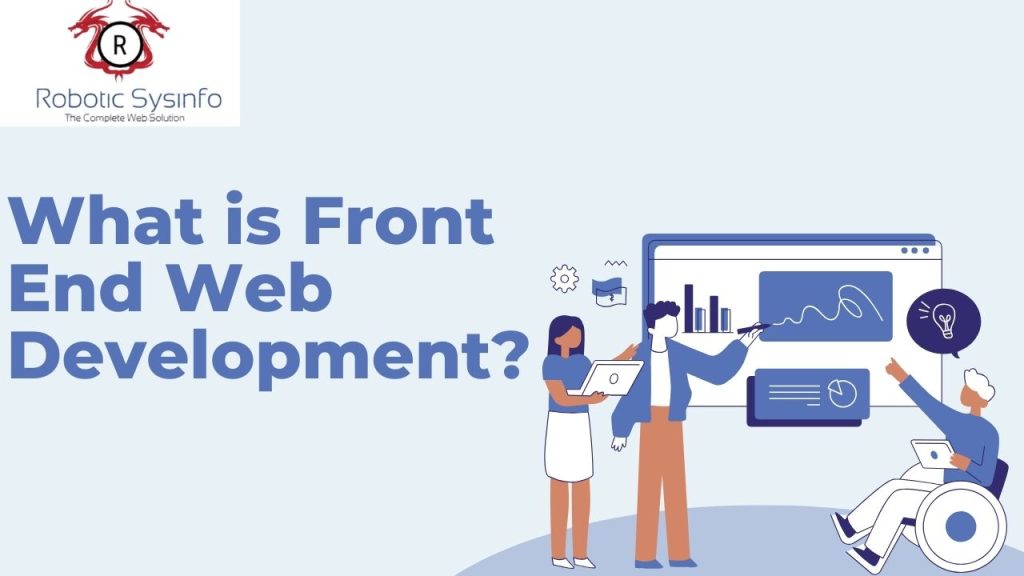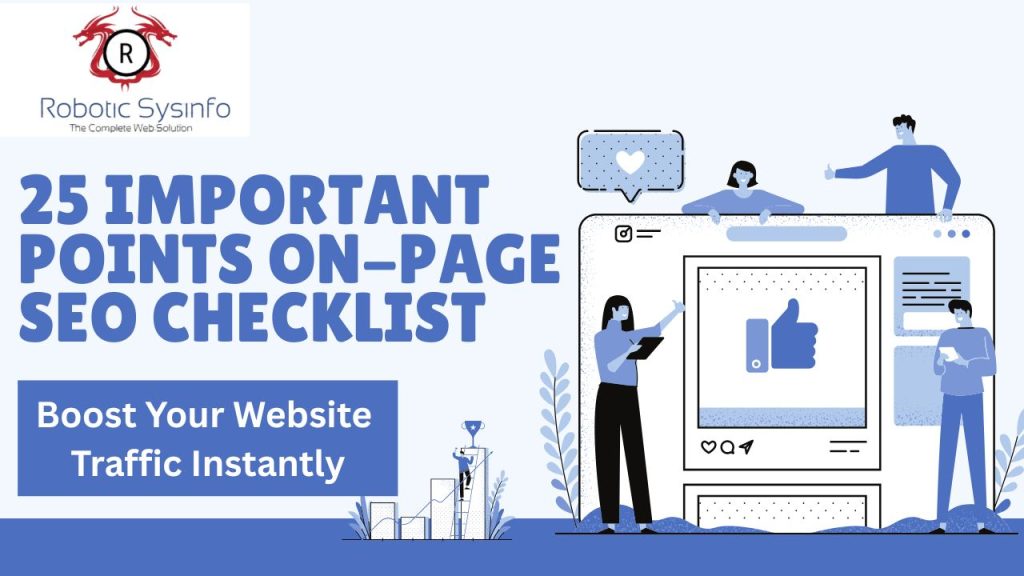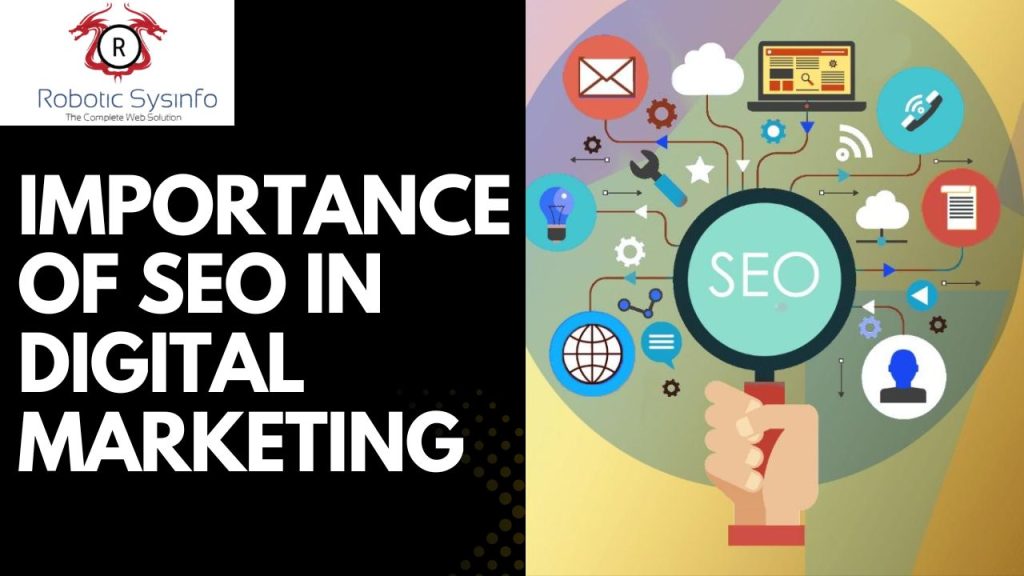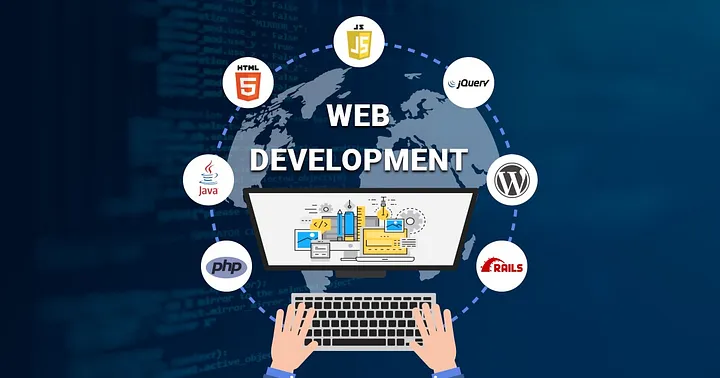
513
How to Choose the Best Language for Backend Web Development in 2025
Choosing the best language for web development backend is crucial for creating robust, scalable, and efficient applications. The backend serves as the engine of a website, managing databases, server logic, and APIs. With numerous languages available, selecting the most suitable one depends on project requirements, scalability, community support, and performance needs. Here, we explore some of the top contenders for backend development and their unique advantages.
1. Python
Python has become a favorite among developers due to its simplicity and versatility. Frameworks like Django and Flask make backend development faster and more efficient. Python is particularly well-suited for projects involving artificial intelligence, data analysis, or machine learning. Its extensive libraries and strong community support further cement its position as a top backend language.
Pros:
- Easy to learn and write
- Rich ecosystem of libraries and frameworks
- High versatility for various types of applications
Use Cases: Data-driven applications, AI-powered platforms, and prototyping.
2. Node.js
JavaScript, primarily known for frontend development, has gained immense traction on the backend through Node.js. This runtime environment allows developers to use a single language for both frontend and backend tasks, streamlining the development process. With its asynchronous event-driven architecture, Node.js excels in handling real-time applications and high-traffic systems.
Pros:
- Unified language for frontend and backend
- High performance with non-blocking I/O
- Vibrant community and vast library ecosystem (npm)
Use Cases: Real-time chat applications, streaming platforms, and single-page applications.
3. Java
Java has been a reliable choice for contenders for the best language for web development backend especially for enterprise-level solutions. Its robustness, scalability, and security make it ideal for enterprise-level applications. Frameworks like Spring Boot simplify development and deployment. Additionally, Java’s platform independence ensures compatibility across diverse systems.
Pros:
- Strong performance and reliability
- Backward compatibility ensures long-term support
- Wide adoption in enterprise solutions
Use Cases: Banking systems, large-scale enterprise applications, and Android backend services.
4. PHP
PHP is a classic backend language widely used for web development. Frameworks like Laravel and Symfony enhance its capabilities, making PHP a powerful option for creating dynamic websites and content management systems (CMS). Despite facing competition from modern languages, PHP remains a practical choice for many developers.
Pros:
- Built-in support for web functionalities
- Easy integration with databases like MySQL
- Excellent for small to medium-sized projects
Use Cases: E-commerce websites, CMS platforms, and blogs.
5. Ruby (Ruby on Rails)
Ruby, supported by the Ruby on Rails framework, is widely regarded as one of the most developer-friendly options for the best language for web development backend. It emphasizes simplicity and productivity, allowing developers to create high-quality applications in less time. Ruby on Rails includes many built-in tools to streamline development, making it a favorite for startups and small teams.
Pros:
- Clean and concise syntax
- Rapid development with built-in tools
- Active and supportive community
Use Cases: MVPs, e-commerce platforms, and content-heavy applications.
Conclusion
Selecting the best language for web development backend depends on factors like your project’s goals, scalability needs, and team expertise. Python stands out for its simplicity and versatility, Node.js for its real-time performance, Java for enterprise-grade solutions, and PHP for dynamic web applications. Evaluate your project requirements carefully to select the language that aligns with your objectives, ensuring a robust and efficient backend system.
Frequently Asked Questions (FAQs)
How to become a web developer?
To become a web developer, start by learning programming languages like HTML, CSS, and JavaScript for the frontend. For the backend, explore languages such as Python, Java, or PHP. Familiarize yourself with frameworks, databases, and version control systems like Git. Building projects and contributing to open source platforms can also help you gain practical experience.
What is the best backend language for web development?
The best language for web development backend depends on your project’s needs.Python is excellent for versatility, Node.js for real-time applications, Java for enterprise solutions, and PHP for dynamic websites.
Which backend is easy?
Languages like Python and PHP are considered easy to learn for beginners due to their simple syntax and beginner-friendly frameworks like Django and Laravel.
Can I learn backend in 1 month?
Learning backend development in 1 month is possible if you focus on the basics of a single language and framework. However, mastering backend development takes longer, as it involves understanding databases, APIs, and server-side logic.
